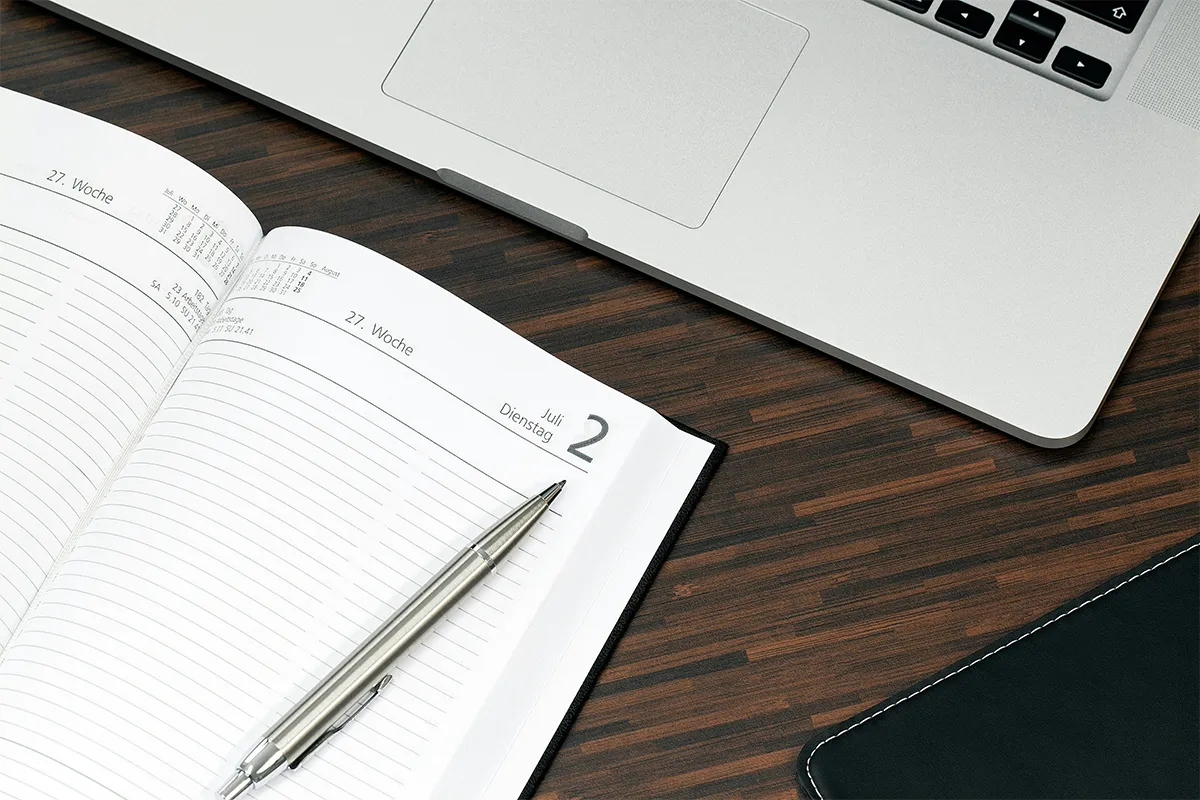To confirm an appointment is to be sure you and the other person agree on the details. It is like you both read the same book. Everyone knows what will occur. You both know the meeting time and place. No one is confused. For example, if you set a meeting for Monday at 3 PM, both need to agree this time. Use easy words. Write with clarity. Ensure you miss nothing.
Sending a confirmation email helps lessen the missed appointments. It is like setting an alarm for an event. People often forget. An email can remind them. For instance, you could write, “I confirm our meeting on Tuesday at 10 AM.” This helps the other person to remember. It also shows that you are careful and polite. It keeps all prepared.
To write a confirmation email can be simple if you know what to include. This article will show you. Think of it as a map. It will show you each step. You will learn what to write. You will learn the way to write it. From a greeting to a closing, you find all here. You will craft a clear, strong email. You will not leave out any details.
1. Greetings
Your email should start with a friendly greeting. This is like a handshake when meeting someone. It sets the tone for the email. In formal situations, use “Dear [Name].” This shows respect. For instance, you could write, “Dear Mr. Smith.” It is easy. It is courteous.
In informal situations, you might use “Hi [Name].” This is less formal. Use with those you know well. For instance, you could write, “Hi John.” This shows friendliness. It makes talking easy.
2. State the purpose
Begin by saying why you write clearly. It opens the main discussion. Tell me the reason you send the email. Say the reason right away.
Use sentences like “I write to confirm our meeting on [date].” Be clear. Show the person the purpose of your email. Say, “I want to check if we still meet on Friday.” State the date you agreed before.
Show this follow-up is important. Do not forget to show it is important. Say, “This follow-up is very important for our project.” People must understand the email’s importance.
3. Appointment details
Tell the appointment details. Clear details prevent mix-ups. It is like a map for a journey. Without it, people may not find their way.
Say the exact date. Avoid mistakes. Say, “Our meeting is on Monday, October 3rd, 2023”. This is clear to everyone. Always give the full date. It keeps people informed.
Tell me the time and time zone if you need to. Time zones matter for online meetings. Say, “at 2:00 PM PST”. It helps people in other places.
Give the full address for an in-person meeting. Share all details needed. Say, “Our meeting is at 123 Main Street, Suite 400, Los Angeles, CA”. Use landmarks if it makes it easier.
For an online meeting, give a link. Say, “We meet on Zoom. Here is the link: [link].” People need to know where to go. Never think they remember the link. Always give it again.
4. Additional information
Share all details. It is like putting a puzzle together. The more clear you are, the better the meeting goes. Misunderstandings make people miss appointments. Giving the right details helps everyone be on time and with no trouble.
Always add the documents you need. This makes sure everyone is ready. Add forms that people have to fill out. For example, if a customer must fill out a questionnaire, put it in the email. This makes everything go smoothly.
Also, add agendas or things to get ready. Agendas give the meeting shape. It tells people what will happen. For instance, if you’re going to talk about Project A, Project B, and times, put them on the agenda. Give these papers with the email. It shows you plan things and are a pro.
Sometimes, you must give details for meeting in person. Tell me where to park or how to get there. For example, you write, “There is parking in the basement. Use Elevator A to the 3rd floor.” Clear directions stop mix-ups. It’s like giving a map to someone traveling.
For internet meetings, share the way to log in or passwords. This is very important. For example, if there’s a Zoom meeting, give the link and password. You might write, “Join the meeting with this link: [Zoom Link] and password: 1234.” It makes sure all can join the meeting with no problem.
5. Confirmation request
Always ask for an answer to make sure they got your email. This makes certain the email was got and read. Use easy words. Write, “Please answer to say you have this email.” Getting an answer makes sure both sides are ready. It’s like knowing the other person is in the boat when sailing. If there’s no answer, send the email again. Emails can get lost or not noticed sometimes.
Help if they have questions. Say something like, “Tell me if you have questions.” This shows you are ready to help. People can be unsure or want to know more. Helping them is like lending a hand. It makes trust and better talking.
6. Closing emails
End your email with nice words. This is being polite. Like a strong handshake when you meet ends. Use words like “Looking forward to our meeting.” This tells them you are happy to meet.
Or you can write, “Thank you for your time.” This means you think their time is important. It also gives your email a formal touch. Being polite is good for a friendly relationship.
Pick how you say goodbye in your email. Write “Sincerely” when it is formal. It shows you have respect for the email person. Like “Sincerely, John Doe” is tidy and business-like.
In casual emails, write “Best regards” to say goodbye. It is still proper but also kind. Then, put your whole name. Also, write your contact details. Include your job and phone number. This helps them contact you if they need it.
7. Sending the email
Check your email for mistakes before you send it. Look for wrong grammar and spelling. Mistakes can make your email look bad. Fix any problems you see. An email full of errors is like an untidy room.
Check you put all the files. People sometimes forget to attach them. Not having files can cause confusion, so make sure you attach everything.
Make sure your email is easy to get. Read it over. It should be clear. Use short sentences. Like, “The meeting is on Tuesday at 10 AM.” This is better than long, hard words. Clear is like a window that is clean; you can see through it.
All the details should be there. Send the email now. Make sure you send it to the correct person. Check the email address again to avoid errors. A wrong email goes to the wrong person, just like a letter in the wrong mailbox.
8. Follow up
If you sent a confirmation email and got no answer, wait, then send a reminder. If there is still no answer after some days, write a short and polite follow-up email. Say, “I am checking on my last email about our meeting. Please tell me if you will come.”
If the meeting is soon and important, call them. Calling is more direct. Say, “I sent an email about our appointment. Can we agree on the date and time?” This helps everything go right.
Conclusion
Confirmation emails help keep everyone clear. They make sure all know what to do. Like with a doctor’s visit, if you forget the time, you could miss it. But the confirmation email tells you the exact time and place.
These emails also show that you are a professional. Confirming meetings means you are careful and respectful. It makes the other person trust you. For a business meeting, a confirmation email shows you are serious. It’s like wearing a suit; it shows you mean business. Always follow the guidelines when writing confirmation emails. It makes the process easy. Start with a polite greeting. Say why you are writing. Put in all the important information. Ask for an answer to know if they got the email. Finish the email with polite words.

